One of the biggest weaknesses that recreational exercisers have today are routines that do not get results and ultimately lead to boredom. For girls these usually include a shed load of classes and tonnes of cardio work. For guys, they are usually centered around weight training, but lack the focus on what will actually work for them.
I would like to give you a few tips on how to design programs based on what I do for many of my clients. The first thing I would like to add is that regardless of what equipment you use, it all has a place and can be effective when used in the right circumstance, so being open minded is very important.
1. What is the goal?
The key factor which is often overlooked is what is your goal? It usually revolves around weight loss or building muscle. The goal will also dictate how long the timescale is to achieve the results you want.
2. What are your circumstances?
Assuming you are injury free and can move ok, the next thing to look at is your circumstances. There is no point creating a hardcore bodybuilding split routine if you travel frequently, are time poor and get bored of doing weights easily.
3.What level are you?
Knowing how much to progress or regress yourself in terms of exercise selection is very important. Give yourself something that is too hard and you will either injure yourself, or be unable to do it. Too easy and you will get bored quickly and feel like you are making progress too slowly.
4. What you need v what you want
We all have favorite exercises. We will do these with minimal effort and often. The exercises we usually need are the ones that we don't like and will avoid. A good program will have a balance of exercises that you need, to fix a weakness, and exercises you want to do which you consider fun.
5. Planning for Setbacks
Success is not a straight line, so preempt the fact that there will be changes of plan, injury, illness and life in general taking over. You must know how to adapt your program accordingly, making the correct tweaks at the right times to keep momentum shifting the right way. No matter how slowly.
An example of a beginner program designed for fat loss
Program A
Warm up- 10 minutes
Foam rolling
Breathing Reset-5 breaths
Hip Stretch
Hip Stability
Thoracic Spine Mobility
Ankle Mobility
Scapula Stabilizer
Squat Pattern
Hip Separation
Lunge Pattern (forward or back)
Lunge patter (laterally)
Core- 2 sets
Tall Plank- 60 seconds
KB Suitcase Carry- 6 lengths with 20kg in one arm
Power- 3 sets
Med Ball Slams- 8 reps with 8kg ball, rest 30 seconds
Superset A
TRX Squats, 3 sets, 15 reps, rest 60 seconds
Prone KB row, 3 sets, 15 reps, rest 0 seconds
Mobility/Stability, 3 sets 15 reps, rest 0 seconds
Superset B
DB Front Step Ups, 3 sets, 15 reps a leg, rest 60 seconds
Kneeling push ups, 3 sets, 15 reps, rest 0 seconds
Mobility/stability, 3 sets 15 reps, rest 0 seconds
Conditioning Finisher
Rowing Machine Sprints- 200m, rest 60 seconds, repeat 8 times
Notes
This is a pretty basic template, but the high reps mean that the client can build a base and master basic movement patterns.
The Core allows the client to keep a healthy back and activate the muscles to enhance performance during the workout
The Power section is for a bit of fun and to excite the nervous system
The mobility/stability add ons also mean that the client can help structurally re-balance any weaknesses they may have before moving onto heavier weights in the next phase.
The conditioning finisher is there to help the client flush out fat cells after mobilizing them with the weight training. It builds up the clients cardiovascular levels and gives them an endorphin rush at the end of the program to make them feel good.
Yours in health
Patrick Fallis

